How is the reference counting implemented?
A smart pointer implementation could be deconstructed, using policy-based class design1, into :
Storage Policy
Ownership Policy
Conversion Policy
Checking Policy
included as template parameters.
Popular ownership strategies include: deep copy, reference counting, reference linking, and destructive copy.
Reference counting tracks the number of smart pointers pointing to (owning2) the same object. When the number goes to zero, the pointee object is deleted3. The actual counter could be:
- Shared among smart pointer objects, where each smart pointer holds a pointer to the reference counter:

- Included only in an additional structure that adds an extra level of indirection the pointee object. Here the space overhead of holding a counter in each smart pointer is exchanged with slower access speed:

Contained within the pointee object itself: intrusive reference counting. The disadvantage is that the object must be constructed a priori with facilities for counting:

Finally the method in your question, reference counting using doubly linked lists is called reference linking and it:
...[1] relies on the observation that you don't really need the actual count of smart pointer objects pointing to one pointee object; you only need to detect when that count goes down to zero. This leads to the idea of keeping an "ownership list" :

The advantage of reference linking over reference counting is that the former does not use extra free store, which makes it more reliable: Creating a reference-linked smart pointer cannot fail. The disadvantage is
that reference linking needs more memory for its bookkeeping (three pointers versus only one pointer plus one integer). Also, reference counting should be a bit speedier—when you copy smart pointers, only an indirection and an increment are needed. The list management is slightly more elaborate. In conclusion,
you should use reference linking only when the free store is scarce. Otherwise, prefer reference counting.
Regarding your second question:
Does it (std::shared_ptr) use a doubly linked list?
All that I could find in the C++ standard was:
20.7.2.2.6 shared_ptr creation
...
7. [ Note: These functions will typically allocate more memory than sizeof(T) to allow for internal bookkeeping structures such as the reference counts. —end note ]
Which, in my opinion, excludes doubly linked lists, as they do not contain actual count.
Your third question:
Are there any pitfalls for using the std::shared_ptr?
Reference management either counting or linking is a victim of the resource leak known as cyclic reference. Let's have an object A that holds a smart pointer to an object B. Also, object B holds a smart pointer to A. These two objects form a cyclic reference; even though you don't use any of them any more, they use each other. The reference management strategy cannot detect such cyclic references, and the two objects remain allocated forever.
Because the implementation of shared_ptr uses reference counting, cyclic references are potentially a problem. A cyclic shared_ptr chain can be broken by changing the code so that one of the references is a weak_ptr. This is done by assigning values between shared pointers and weak pointers, but a weak pointer doesn't affect the reference count. If the only pointers that point to an object are weak, the object is destroyed.
1. Each design feature with multiple implementations if formulated as policy.
2. Smart pointers similarly to pointers that point to object allocated with new, not only point to that object but also are responsible for its destruction and with the release of the memory it occupies.
3. With no further problems, if no other raw pointers are used and/or point to it.
[1] Modern C++ Design: Generic Programming and Design Patterns Applied. Andrei Alexandrescu, February 01, 2001



